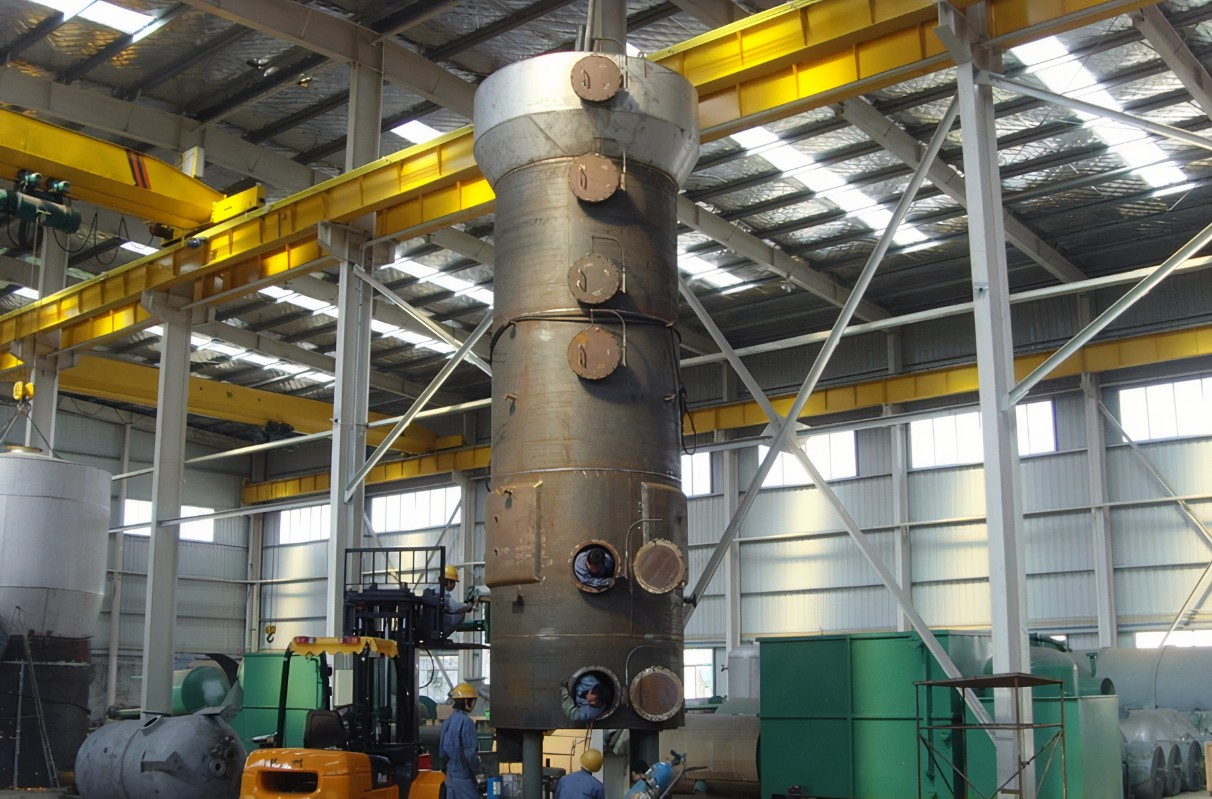The leaching oil equipment uses a solvent that can dissolve grease in its work. Through the effects of wetting and penetration, molecular diffusion and convection diffusion, the grease in the embryo is leached out, and then the mixed oil composed of the solvent and the fat is separated , Recover the solvent to get crude oil. The solvent in the meal should also be recovered to obtain the leached meal.
The basic principle of oil leaching is to first use the characteristics of oils that can be dissolved in organic solvents, and at the same time use the mechanism of continuous mutual diffusion between them. From the perspective of the diffusion process, the oil leaching process is divided into two types: molecular diffusion and convective diffusion composition. 
1. molecular diffusion
"Molecular diffusion" refers to the transfer of the molecules of a substance in the form of their individual movement. Therefore, in the process of oil leaching, when the oil comes into contact with the solvent, the oil molecules permeate out of the oil in an irregular thermal motion and diffuse into the solvent. At the same time, the solvent molecules also continuously penetrate into the oil and mix with the oil molecules, so that the oil and the solvent inside the oil form a solution (mixed oil). The concentration of grease in the two parts of the solution is relatively related, and the grease molecules diffuse from the area of high concentration to the area of low concentration until it reaches equilibrium.
The main factor that affects molecular diffusion is temperature. As the temperature increases, the kinetic energy of the molecules increases, and the viscosity of the grease decreases, and the resistance to molecular diffusion decreases, thereby accelerating the rate of molecular diffusion. However, it is limited by the boiling point of the solvent and other process conditions. The humidity cannot be increased indefinitely.
2. Convection and diffusion
Molecular diffusion uses a single molecule as the transfer unit, while convective diffusion is the transfer of a solvent in a small volume. It is a part of the solution that moves to another place at a certain speed while flowing, and takes away the dissolved substances in the flow. , That is, the material expansion process carried out by the flow method.
In the leaching process, if the volume of convection is larger, and the volume of this volume per unit area in unit time is more, the amount of material transfer will be greater. This is different from that molecular expansion depends only on the temperature during molecular diffusion. The factors that affect convective expansion include not only the speed and state of liquid flow, but also the viscosity of the liquid, the surface properties of the leached material, and the concentration difference in each area.
In fact, the leaching process is a combined process of molecular diffusion and convective diffusion. The surface layer where the material is in contact with the solvent is molecular diffusion; while the liquid away from the surface of the material is convective diffusion. The amount of material transferred by convection diffusion greatly exceeds that of molecular expansion. In order to speed up the leaching speed, it is necessary to continuously change the concentration of the solution and speed up the flow rate, so that the solution (or mixed oil) and the oil are leached while moving relative to each other.
Copyright © Henan Zhongxing Grain And Oil Machinery Co.,Ltd. All Rights Reserved. Powered by MetInfo